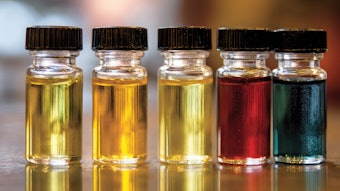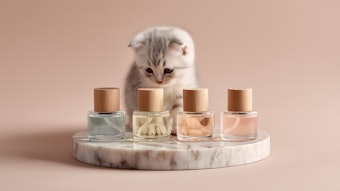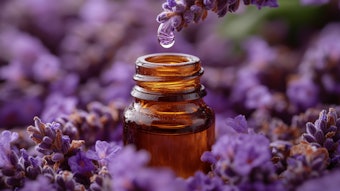Cedarwood has a tenacious, balsamic, sweet, woody odor. It enhances the lasting power of natural and synthetic fixatives and also intensifies their odor. The oil improves upon aging when kept in airtight containers protected from light. Cedarwood has points in common with the odors of oakmoss and fougère and, to a lesser extent, with tea rose and citrus fruit and leaf odors.
Cedarwood oil is used in various types of women and men’s fragrances, including eau de parfum and toilet water. It also finds application in cosmetic fragrances (lipstick, cream, powder, and so forth) and in soap fragrances, as well as in various household product perfumes.
Powdered cedarwood was a component of a pine type of incense powder produced in the United States, along with other odor types. These incense powders were in vogue up until the mid-1930s.1 Cedarwood perfume compounds, per se, have not been developed, except for tobacco aromatization and mosquito repelling compositions, nor have cedarwood imitations been built. However, cedarwood plays a role in sandalwood, patchouli and vetiver imitations.










